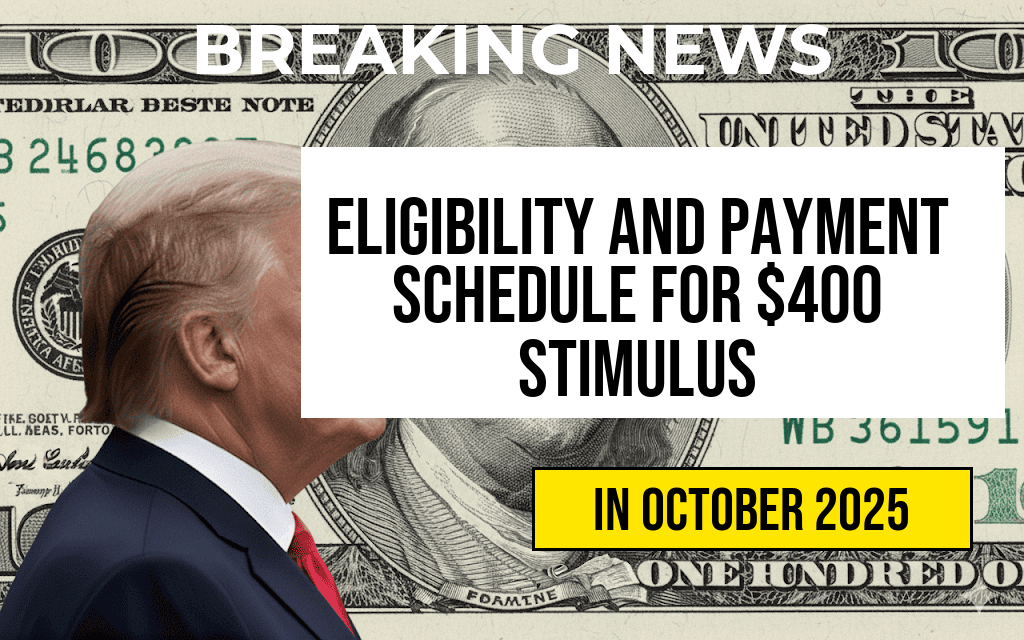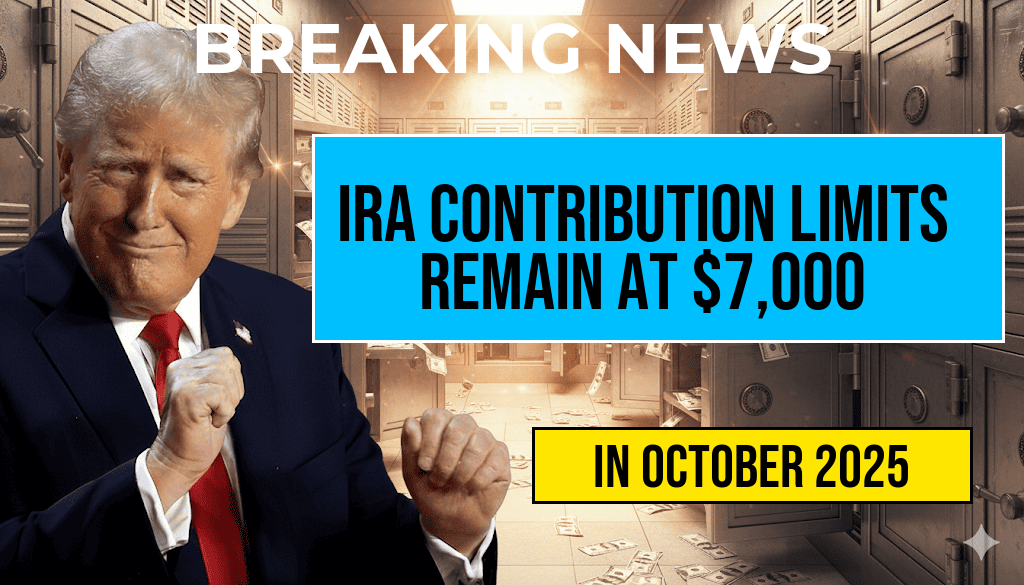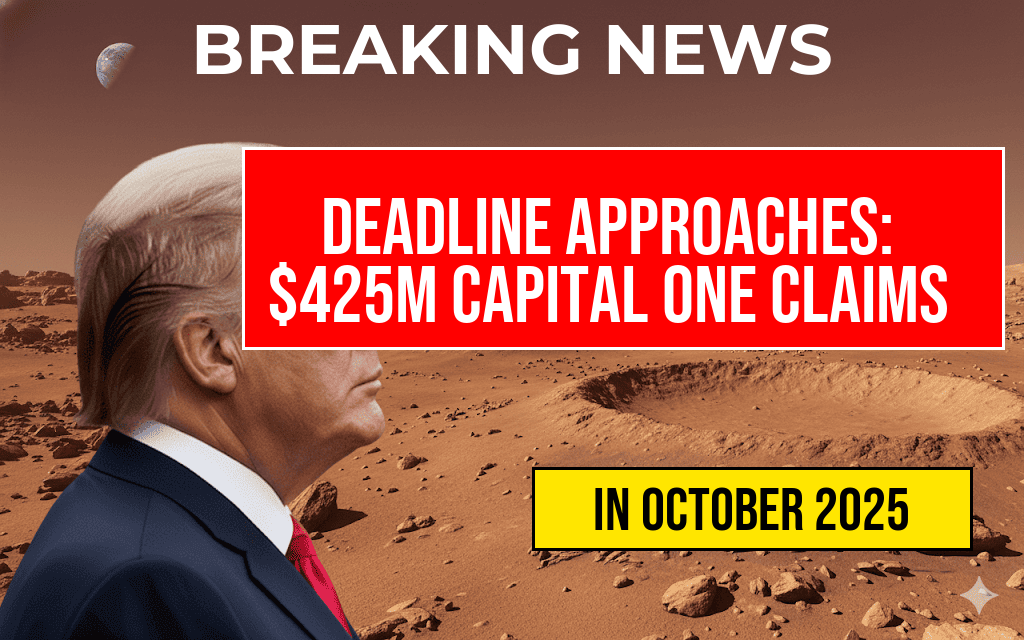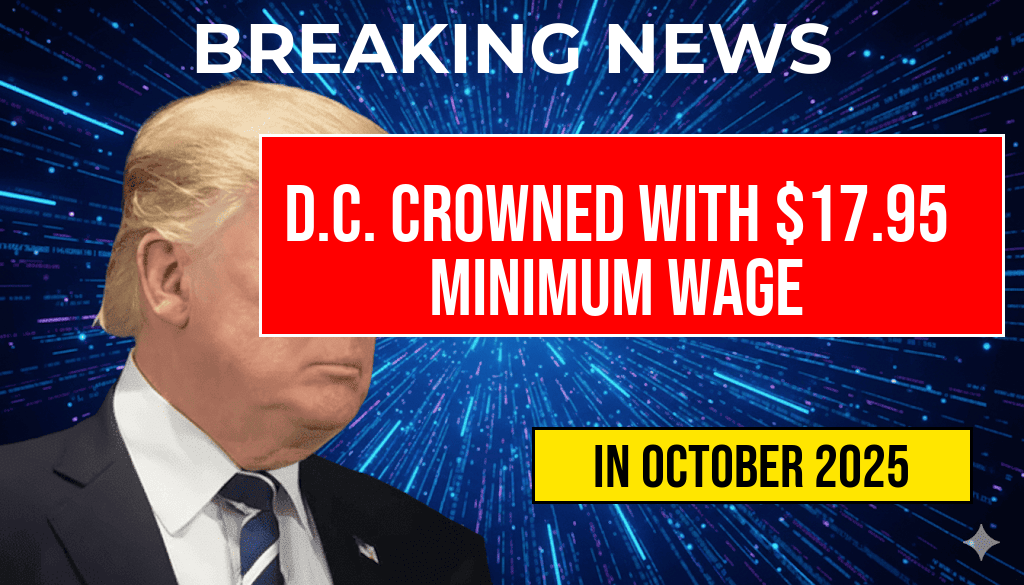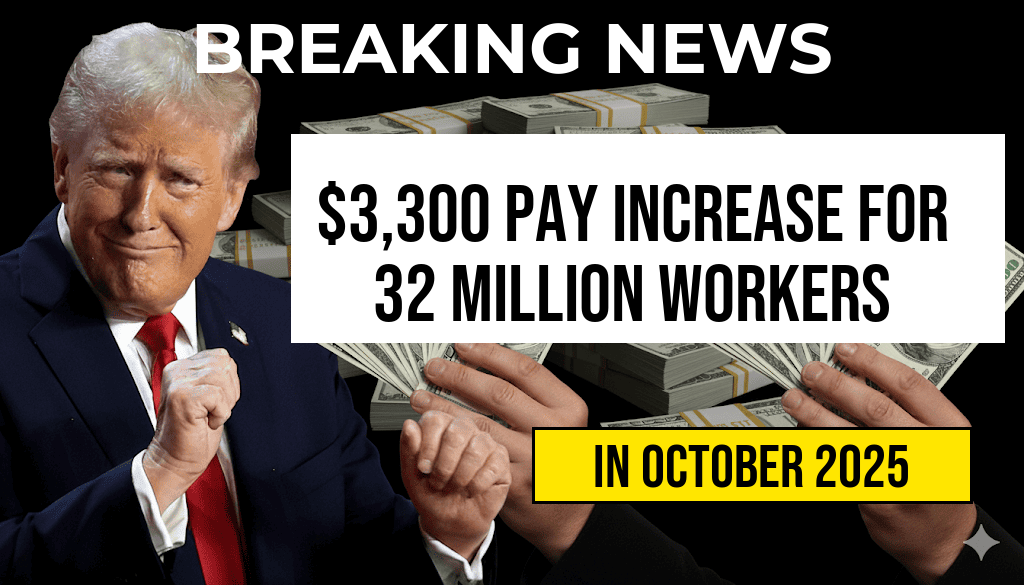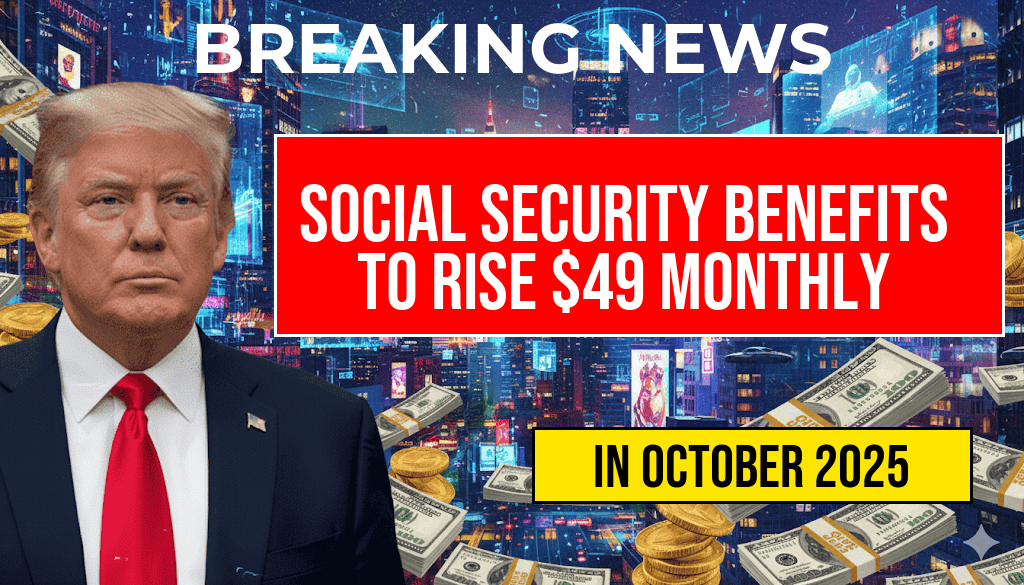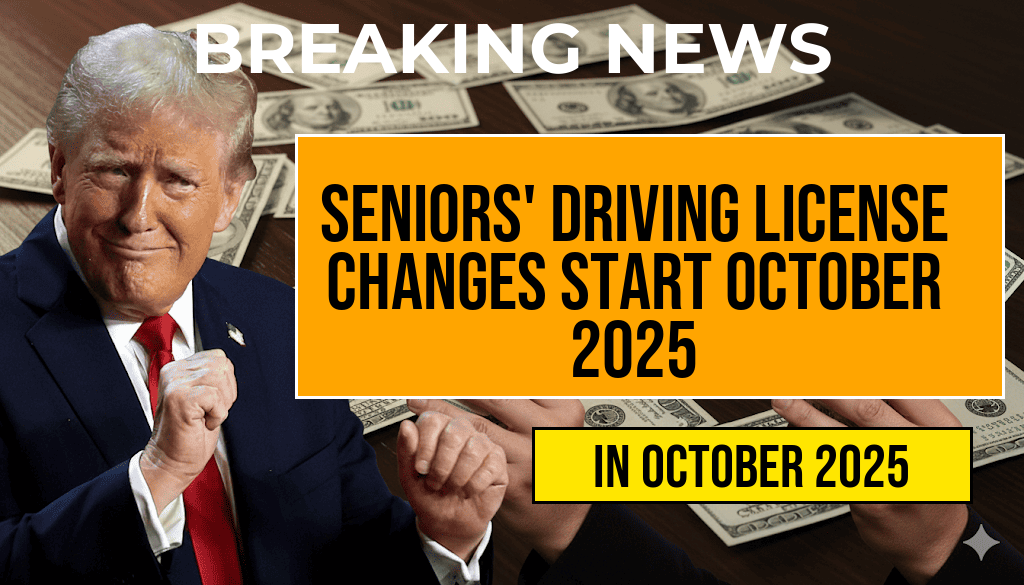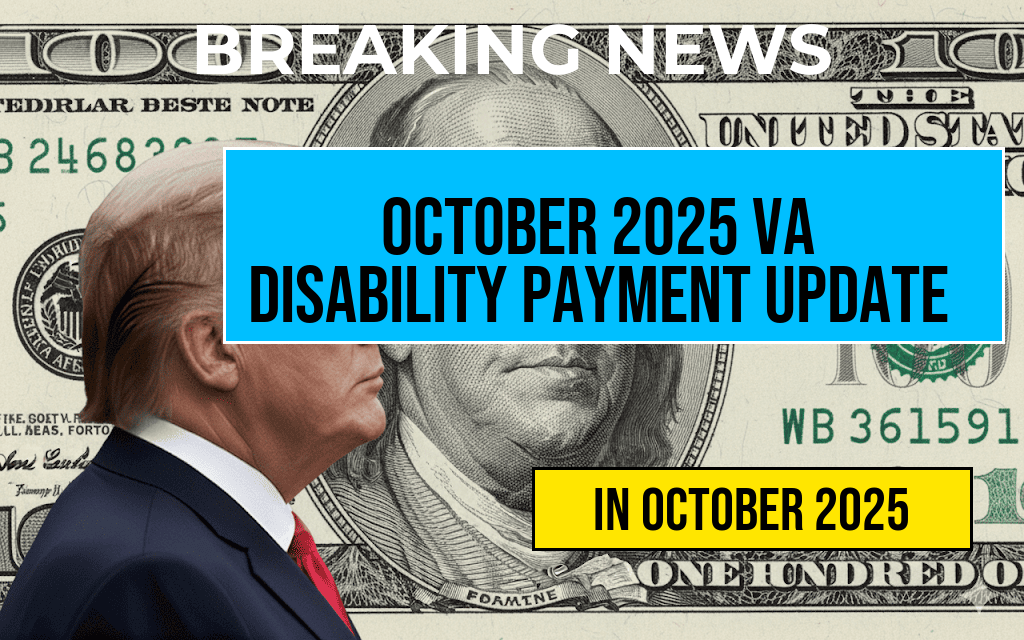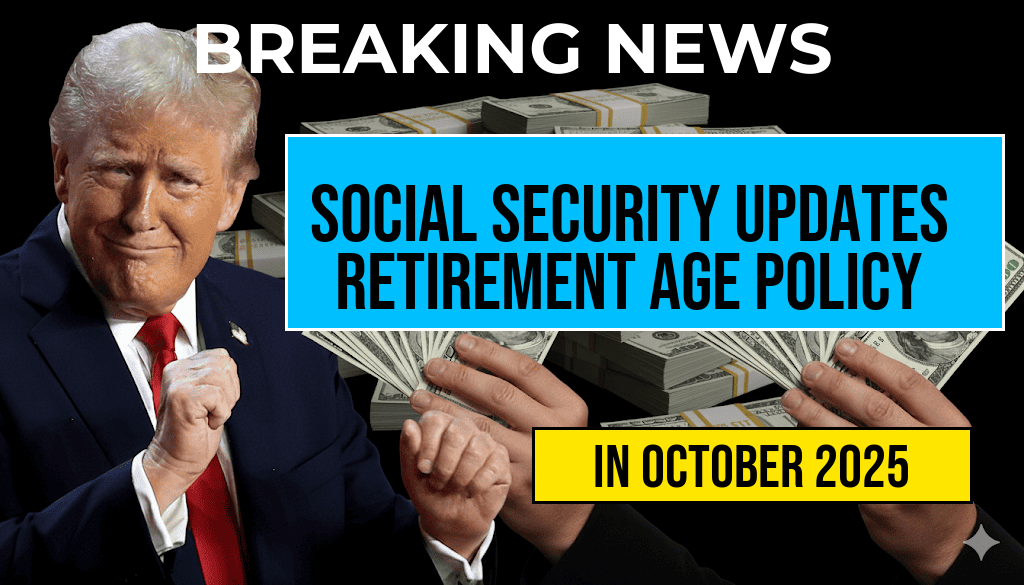A recent study conducted by the Economic Policy Institute (EPI) has projected that raising the federal minimum wage to $15 per hour could result in an annual pay increase of approximately $3,300 for around 32 million workers across the United States. This significant boost in earnings would primarily benefit low-wage employees, including those in the service and retail sectors. Currently, the federal minimum wage stands at $7.25, a rate that has remained unchanged since 2009. Advocates for the wage increase argue that adjusting this benchmark is critical for improving the living standards of millions of Americans, especially in the face of rising inflation and living costs.
Impact on Low-Wage Workers
The EPI’s analysis highlights that an increase to a $15 minimum wage would not only enhance the financial well-being of workers but also stimulate the economy. The report indicates that the pay raise would enable many families to afford basic necessities, including housing, healthcare, and education. This change is particularly essential in urban areas where the cost of living is significantly higher.
Demographics of Affected Workers
The study identifies several key demographics that would benefit from the proposed wage increase:
- Age Group: A substantial portion of low-wage workers are adults over the age of 25, indicating that many are supporting families.
- Gender: Women make up a significant majority of the low-wage workforce, particularly in sectors like retail and hospitality.
- Race: The proposed increase would disproportionately benefit workers of color, who are overrepresented in low-wage jobs.
Economic Arguments for the Increase
Proponents of raising the minimum wage argue that the economic benefits far outweigh any potential drawbacks. The EPI’s study claims that higher wages would lead to increased consumer spending, which in turn could stimulate job growth. Additionally, raising the wage floor could reduce employee turnover rates, thereby lowering recruitment and training costs for employers.
Potential Drawbacks
Critics of the wage increase often raise concerns regarding potential job losses and increased operational costs for small businesses. Some economists argue that a swift rise in the minimum wage could lead to automation and a reduction in hiring, particularly in industries that rely heavily on low-wage labor. However, the EPI’s research suggests that the overall economic impact would be positive, with job creation outpacing any potential losses.
State-Level Responses
Several states and municipalities have already taken steps to implement higher minimum wages, often exceeding the proposed federal rate. For instance, states like California and New York have set their minimum wages at $15 or higher, demonstrating that such changes can be successfully integrated into local economies. The experiences of these regions may serve as valuable case studies for nationwide implementation.
Public Support for a Wage Increase
Public opinion seems to favor an increase in the federal minimum wage. Recent polls indicate that a majority of Americans support raising the minimum wage to $15 per hour, viewing it as a necessary step toward economic equity. Advocacy groups continue to push for legislative action, urging Congress to prioritize this issue in upcoming discussions.
Conclusion
The findings from the Economic Policy Institute provide compelling evidence in favor of raising the federal minimum wage to $15 per hour. With an estimated annual pay increase of $3,300 for 32 million workers, this change could significantly improve the lives of countless Americans while also benefiting the broader economy. As debates continue, stakeholders from various sectors will need to consider both the advantages and the challenges that such a policy shift may entail.
For more information about the implications of raising the federal minimum wage, you can visit the Economic Policy Institute or check out insights from Forbes.
Frequently Asked Questions
What is the estimated annual pay increase for workers if the federal minimum wage is raised to $15?
The study estimates a $3,300 annual pay increase for approximately 32 million workers if the federal minimum wage is raised to $15.
How many workers would be affected by the proposed federal minimum wage increase?
About 32 million workers are projected to benefit from the increase to a $15 federal minimum wage.
What is the current federal minimum wage in the United States?
The current federal minimum wage is $7.25 per hour, which has not changed since 2009.
What are some potential economic impacts of raising the federal minimum wage to $15?
Raising the federal minimum wage to $15 could lead to increased consumer spending, reduced poverty rates, and improved living standards for millions of workers.
When is the proposed increase to a $15 minimum wage expected to take effect?
The exact timeline for the proposed increase to a $15 minimum wage has not been finalized, as it depends on legislative processes and approval.

